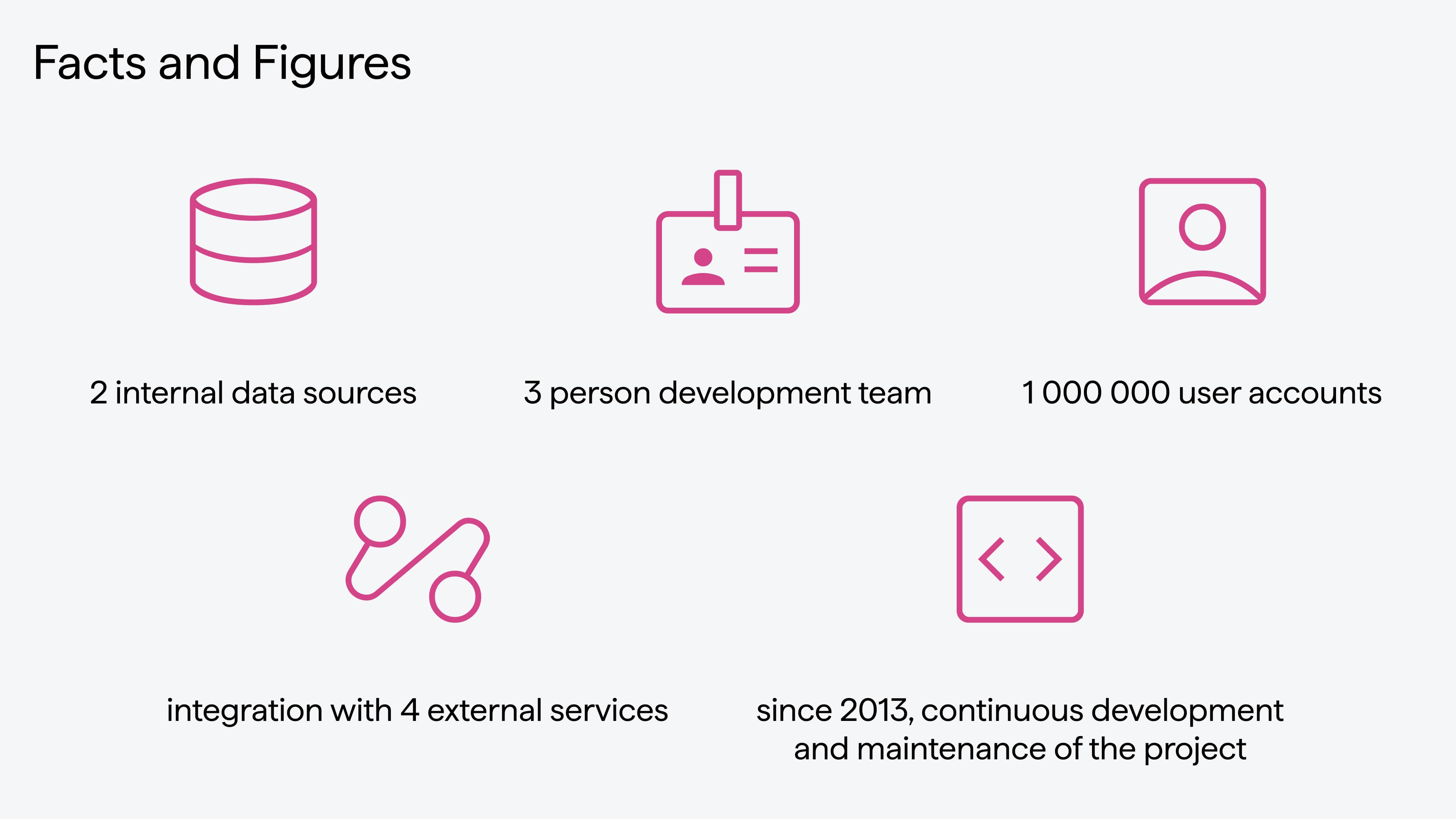Smart ways to improve the recruitment management system

Altimi helped optimize a Recruitment Management System (RMS) to accelerate hiring processes, improve usability, and integrate advanced recruitment technologies.
Enhancing RMS While Maintaining Continuity
The client needed a more intuitive RMS for candidates and internal recruitment teams. Challenges included:
- Iterative deployment of most features to users
- Larger module development released only when the organization was ready
- Ability to disable features causing unintended effects
- Adapting the system to legal changes (e.g., GDPR)
- Maintaining integration and system stability during continuous updates
Modular, Iterative, and Mobile-Friendly RMS
The Stermedia team gradually modified the RMS while keeping it fully operational. Key strategies included:
Modular Architecture
- Larger system areas were separated into independent modules
- Enabled use of newer tools (Angular, Spring Framework) without affecting the rest of the system
- Allowed step-by-step modernization and continuous improvements
Technology Choices
- Angular framework for building modular single-page applications (SPA)
- Spring Framework for backend support
- Feature Toggles for testing and selectively enabling/disabling functions
- Mobile optimization for candidates and recruiters
Agile Delivery and Communication
- Iterative delivery of features while maintaining system continuity
- Asynchronous communication via shared tools for efficient collaboration
- Continuous adaptation to client needs and legal requirements
Intuitive, Mobile, and Future-Ready RMS
The collaboration achieved:
- Full customization of the RMS module by module
- Mobile accessibility for recruiters and candidates
- Integration with external sites (Facebook, marketing campaigns)
- Direct job posting to popular platforms from within the RMS
- Integration with machine learning matching system
- Continuous development aligned with evolving business goals
- Future-proof system architecture for upcoming projects

Recruitment Management System (RMS) Modernization
Why is modular architecture important for RMS?
Modular architecture allows the system to be divided into independent components, enabling changes in one module without affecting the rest of the system. This allows for gradual updates, minimizing the risk of errors or downtime. Additionally, modularity makes it easier to integrate new tools and features, increasing system flexibility and speeding up the implementation of innovations.
How do Feature Toggles improve software delivery?
Feature Toggles are a technique that allows specific features to be turned on or off independently of the full software version. This enables testing new functionalities in a production environment without disrupting end users. In practice, this means faster updates, easier issue resolution, and gradual introduction of innovations according to the company’s schedule.
Can the RMS work on mobile devices?
Yes, the system is fully adapted for mobile devices, for both candidates and recruiters. Mobile optimization allows recruitment tasks to be managed anywhere, increasing system accessibility and user satisfaction. Candidates can apply and track their applications, while recruiters can manage tasks without needing a desktop computer.
How is the RMS integrated with external systems?
The RMS is integrated with various external systems, such as social media platforms, websites, and AI-based candidate matching systems. Integration enables automatic data import from multiple sources, posting job offers directly to popular platforms, and real-time recruitment analytics, streamlining the entire hiring process.
Does the system support continuous improvement?
Yes, thanks to modular architecture and Agile methodologies, the RMS can be continuously developed and enhanced according to business needs. New features can be added gradually, existing processes optimized, and the system adapted to legal, technological, and business changes. This allows companies to respond flexibly to evolving labor market requirements and candidate expectations.




